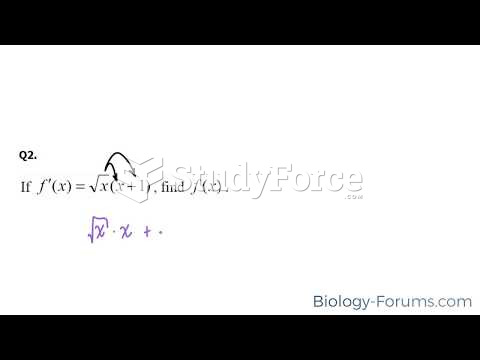Valence Electrons are the Electrons available for bonding.
Having said that, the periodic table is itself the best way to determine the number of Valence Electrons in an particular element. Electrons are arranged in Orbits (I dont know how much knowledge you have in Chemistry - They usually tell you different things regarding the structure of an Atom to understand the basics, then they tell you the truth).
An orbit is simply a volume of space in which a particular electron exists. There are different orbits based on different energy levels - further the electron from the nucleus lower is the energy level of its Orbit.
Now, there are various energy levels and some overlap each other.
For Group 1 Elements, there is 1 Valence Electron
For Group 2 Elements, there are 2 Valence Electrons
For Group 13 Elements, there are 3 Valence Electrons
And so on until Group 18 which have 8 Valence Electrons.
Now I deliberately left out Group 3 - 12 because they have the overlap in energy level.
Now the overlap is between the orbits: s & d
Normally it goes s, p, d with the energy level infront - so 1s, 1p, 1d and then 2s, 2p, 2d. Transition metals will have something like this at a certain energy level 4s, 3d. Wierd huh?
The 4s is the highest level hence the only one that should count. Valence eletrons are the one that are furtherst / outmost orbit and hence highest level. in the 4s3d case, its only the electrons in the 4s that count.
Hope that helps and I didn't confuse you. If it did I'd do my best to explain it better.






